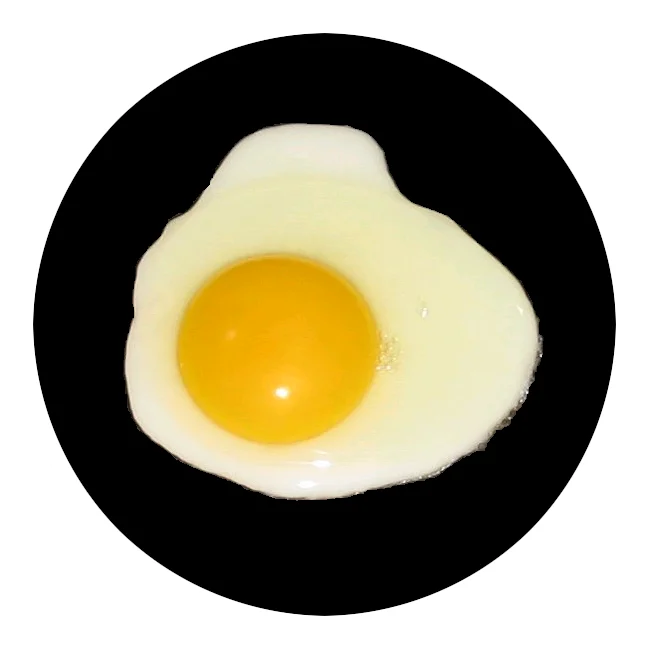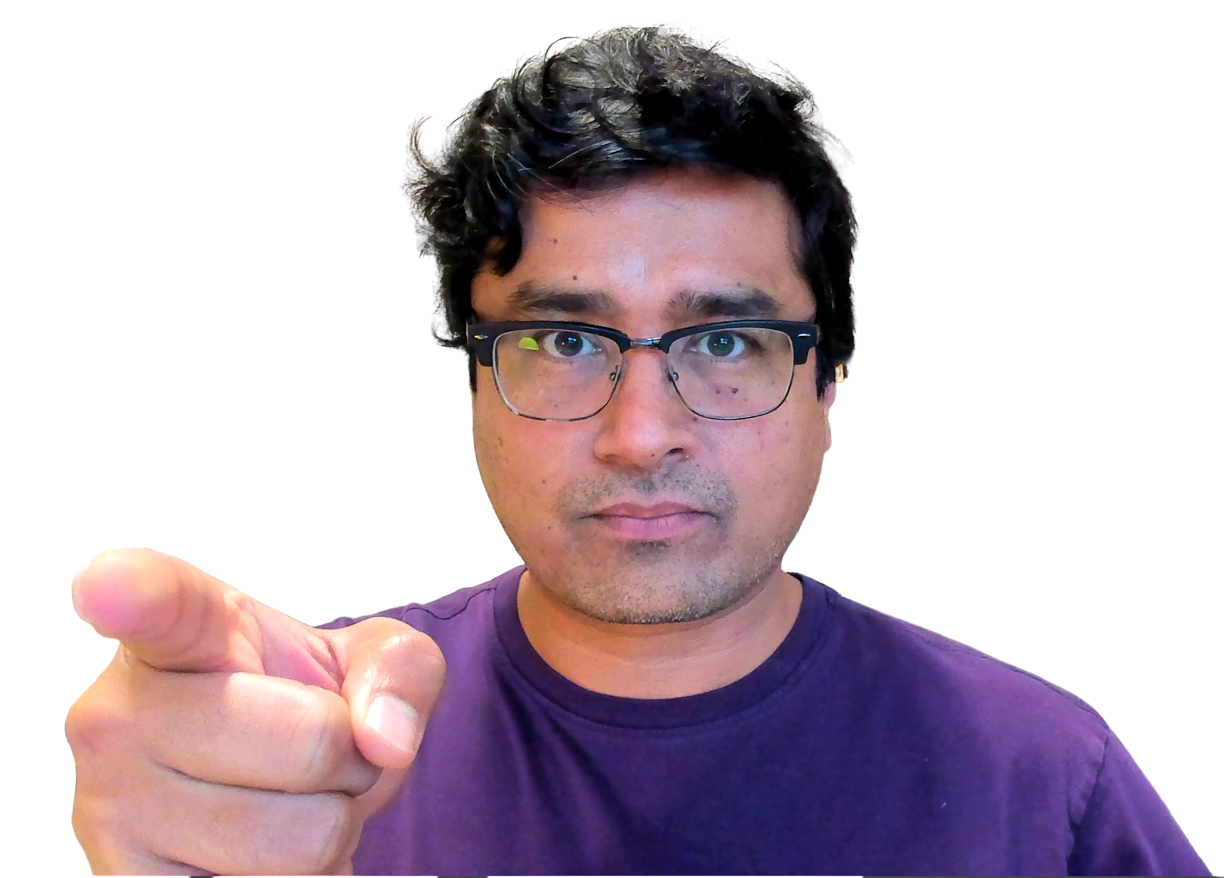Blog
Content Consumption
Tools like Hotjar.com allow us to do something shoppers don’t realize is possible. They allow us to watch recordings to see where shoppers linger and which sections they zoom past.
It’s like video footage for a retail store. But instead of catching theft, we’re catching lost conversions.

Watching Hotjar recordings this weekend, I saw what I always see. That 90% of shoppers weren’t paying any attention to page content (which is a dead giveaway they aren’t going to buy), while 10% were paying extreme attention (you can literally see them mouse over each word as they are reading.)
The second group is consuming your content and driving most of your sales.
Because content consumption isn’t properly understood by most direct-to-consumer (DTC) brands, it presents an opportunity to gain the upper hand. Stick around and see how.
Why Content Consumption Is a Big Deal
Imagine you own a physical retail store. One of the items in your store is this Weber wifi enabled wood fired pellet grill:
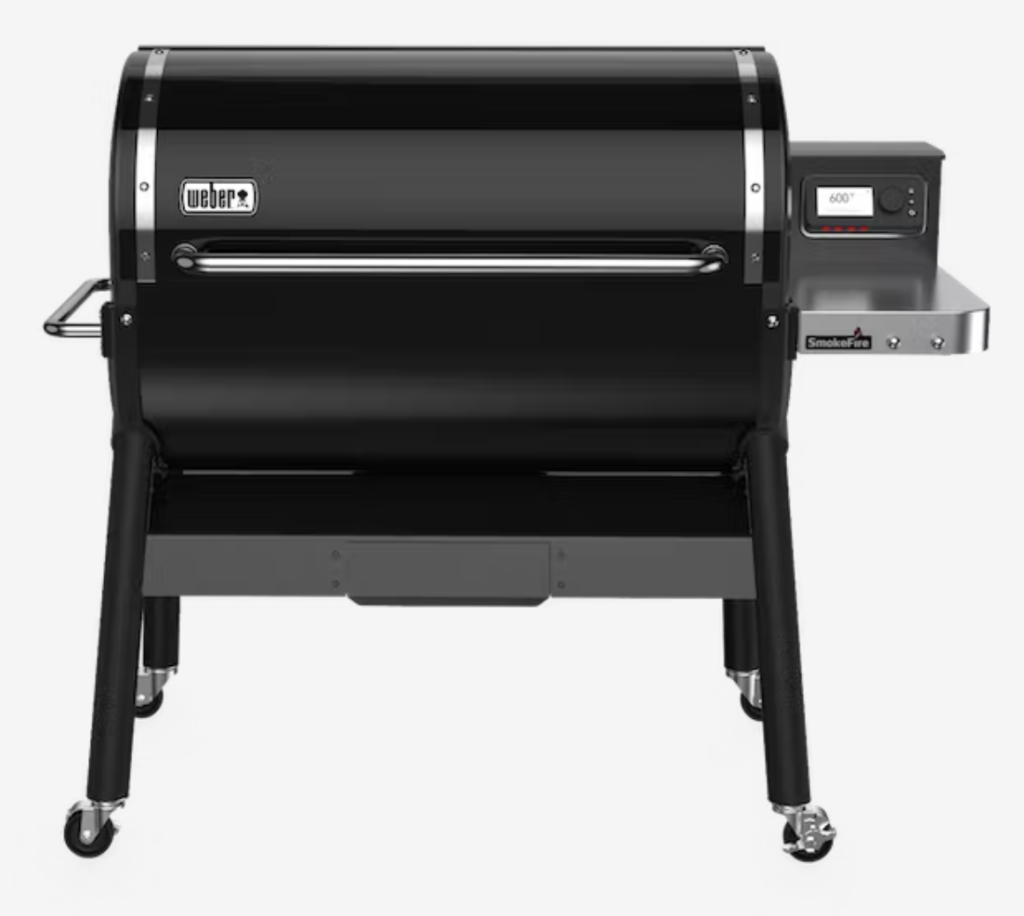
Studying your in-store video footage, you observe two prospects inspecting the grill: Steve and Adam.
Steve walks into the store with his wife. The two of them seem to be moving towards aisle 7, but Steve notices the grill, has a quick chat with the wife, and proceeds to the pellet grill alone. He lifts the hood and looks at the brochure at the side of the grill. He lingers for around 2 minutes, then walks away.
Adam, in contrast, walks into the store and goes right to the Weber grill. He, too, lifts the lid but doesn’t close it right away. Then he leans in to inspect the grill surface …

… and the pellet holder:
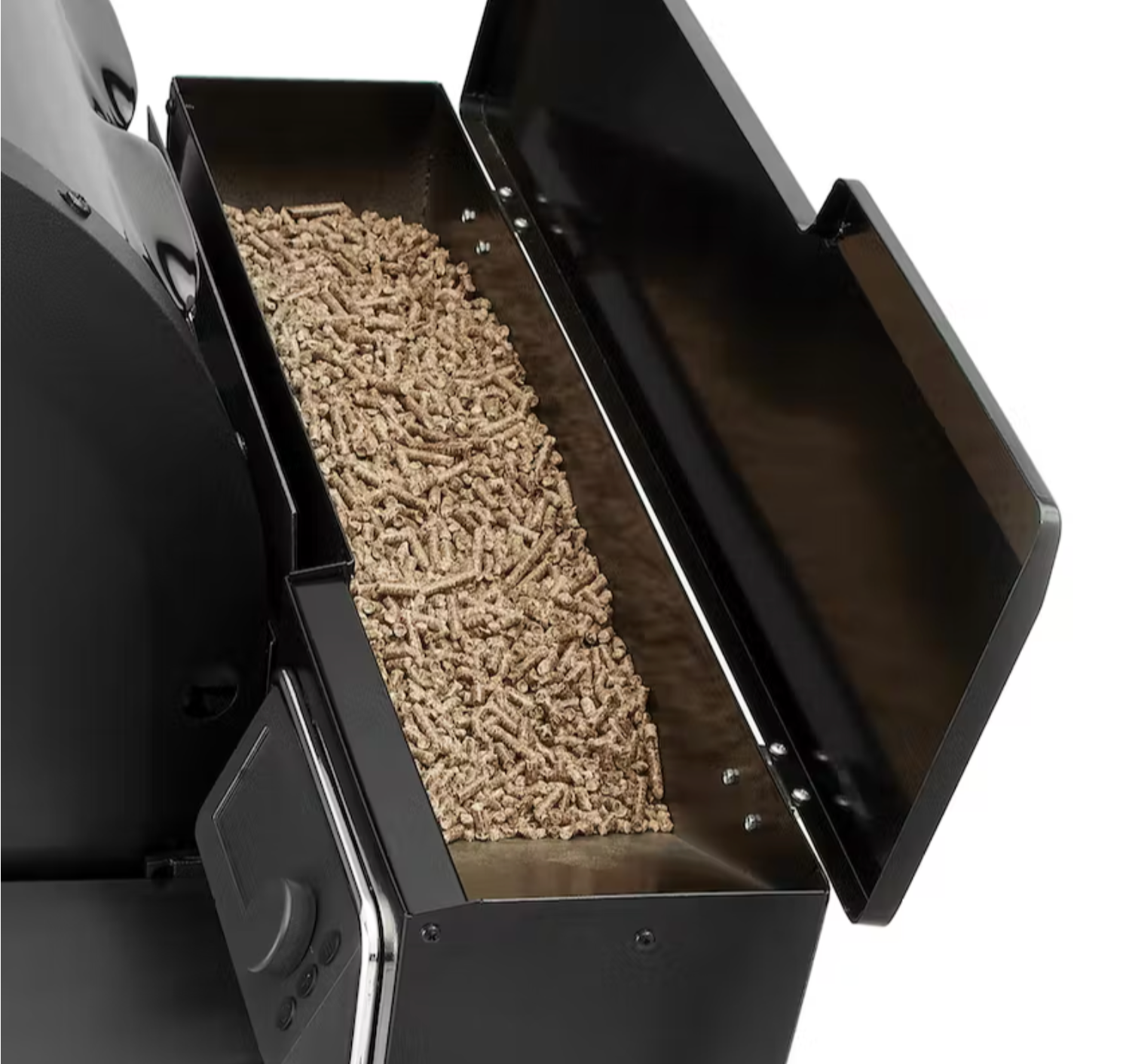
Then, he falls on his knees to investigate the wheel locking mechanism:
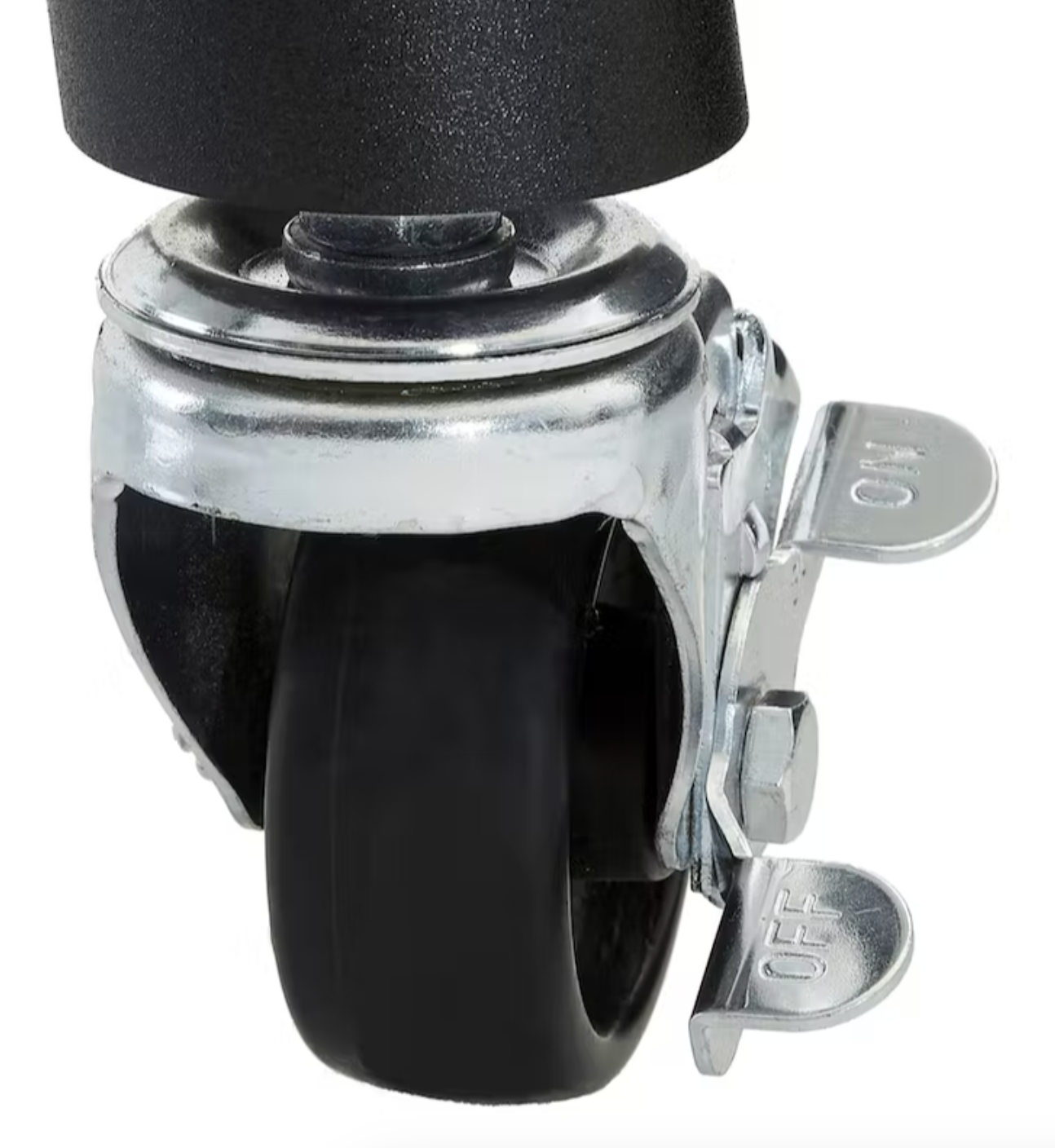
Unlike Steve, Adam flips through all the pages of the brochure. In total, Adam has spent 21 minutes in front of the grill.
Neither buys, but who do you think is more likely to buy?
Exactly.
Adam has crossed the zone of not caring.
The Zone of Not Caring
At the top of this article, I spoke about how 90% of visitor behavior doesn’t make sense. That’s because these visitors are stuck in the zone of not caring.
If motivation is presented on a 1 to 10 scale these people are at a 4. To get them to buy we need to move them to at least an 8. But to do that we need to focus their attention on your key content.
In the absence of a proper content consumption strategy (explained in the next section) most will remain in this zone of not caring.
Tracking Content Consumption
To track consumption, we first need to identify what we want to track and define consumption.
1— What to track:
Identify page elements you believe have the biggest impact on conversions. Be selective. Don’t fall for the trap of saying “everything is important”. Pick three items. We cover content discovery in this article: Content Discovery.
2— Define tracking:
Depending on the elements on your page, you will have to define your criteria for what consumption looks like. If your page has an image gallery with seven images, you might say people who go through at least five could be categorized as “have consumed this content.”
If your page has a video, you might say someone who watched 80% of the video should be categorized as “have consumed this content.”
If your product description takes 75 seconds to read, someone who lingers in that section for 75 seconds should be categorized as “have consumed this content.”
Now, ask your developer to code this tracking and build a dashboard in your analytics tool for a bird’s eye view.
Are You a Marketer?
I suspect you are because only marketers care about topics like content consumption 🙂
And if you are a marketer and liked this article, boy, do I have something fun for you.
Revealing It All
In our marketing lab 🥼, experimenting 🧪 for the last 15 years, we’ve discovered that one reason marketing campaigns fail is because they try to do too much.
Once they’ve consumed your pitch, prospects can be placed in 1 of 3 groups:
— Ready to buy
— Will never buy
— Interested, but need a little more convincing
The 3rd group has the biggest revenue potential.
Evidence Our Formula Works
This strategy mentioned above isn’t a theoretical framework. It’s the base formula for all our conversion work for clients. This marketing framework can be used to boost sales for sports products. To sell skincare products. Pet products. Consumer electronics. Athletic gear. Back pain solutions. Food items. High-end cooking tools.
Does the sales pitch always need to be shown as a popup? Nope.
It can also convert cold Facebook ad traffic, improve mobile conversion rates, generate calls, optimize your most important landing page, etc.
It can even be used to improve your overall conversion rates.
Converting Those Who Are Interested, but Need a Little More Convincing (With Examples)
Explained in this nine truths article.

